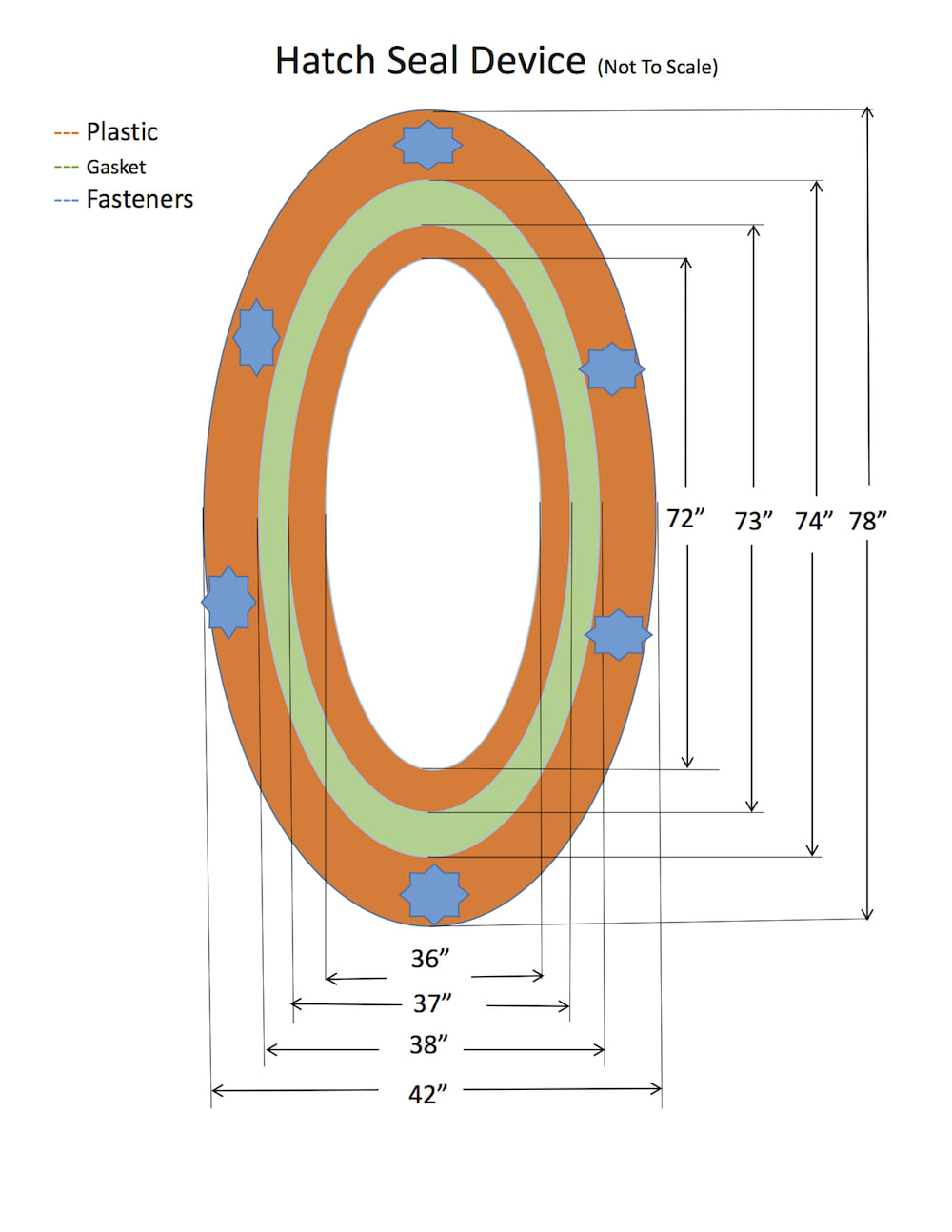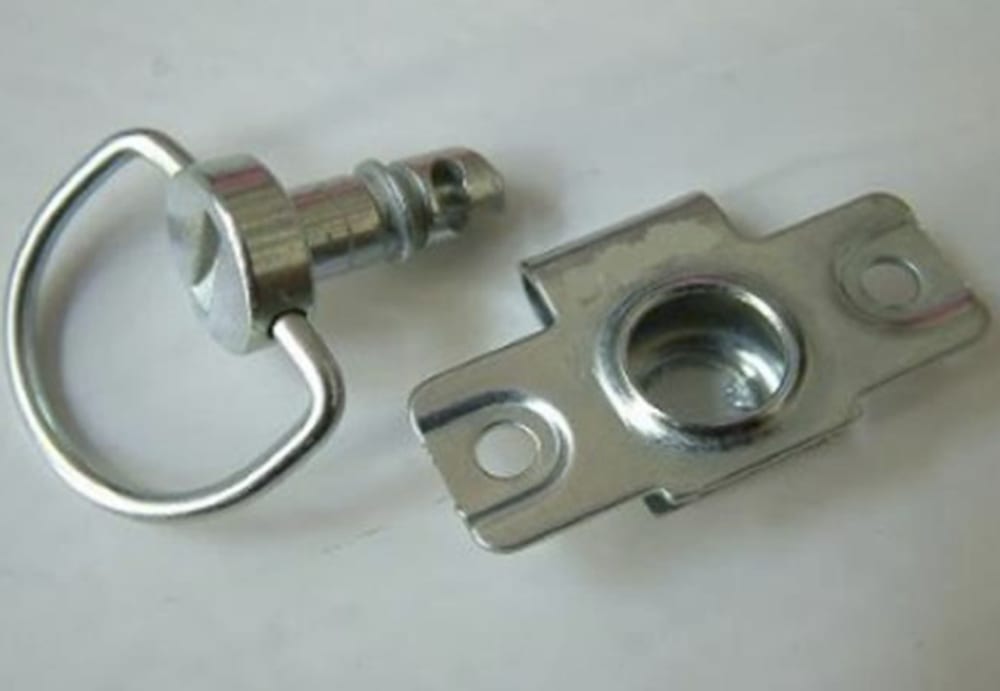Imagine, you’re an astronaut and you have just landed on the surface of the moon or Mars, and you need to repetitively travel between the interior of your inflatable airlock and the harsh surface environment to conduct an experiment. It isn’t as simple as turning a doorknob or unzipping a tent, as we might do on earth. This novel seal device will improve access to new environments by astronauts and enable them to conduct vital research.
The generic procedure for establishing the novel seal device, utilizing COTS (commercial-of-the-shelf) equipment and materials follows:
1. Cut two oval-shaped openings, 3’ wide X 6’ high, at the desired locations, one at the Air Lock Entrance and one at the Air Lock Exit/Space Habitat Entrance.
2. 3D print (or injection mold) two each 3.5’ wide X 6.5’ long plastic Sealing Devices to overlap the entrances provided in #1. Design will be optimized by addition of alignment pins, their mating holes and placement of handles to facilitate handling of the plastic Sealing Devices.
3. Print four each, 3” wide X 0.5” thick, plastic traces around the Space Habitat Entrance (inside and outside) and around the Air Lock Entrance (inside and outside) to provide rigidity and enable locking provision.
4. Print six each rubber gaskets, 0.5” wide X 0.5” high, located per enclosed sketch, two for the Air Lock Entrance (inside/outside), two for the Air Lock Exit/Space Habitat Entrance (inside/outside), and two for each plastic sealing device (one for the Air Lock Entrance and one for the Air Lock Exit/Space Habitat Entrance).
5. Locking provision: Integrate six 3D-printed duplicates of commercial-off-the-shelf (COTS), quarter-turn, spring-loaded, Captive, Fast-Lock, fasteners. Locations: one at the top center, one at the bottom center, and two equally spaced on each side to provide airtight locking (See enclosed sketch). Note: No special tools required and no debris concerns.
Two each required, one to enter the Air Lock and one to exit the Air Lock and enter the Space Habitat.
Like this entry?
-
About the Entrant
- Name:Jim Hester
- Type of entry:individual
- Software used for this entry:ProE, SolidWorks
- Patent status:none





